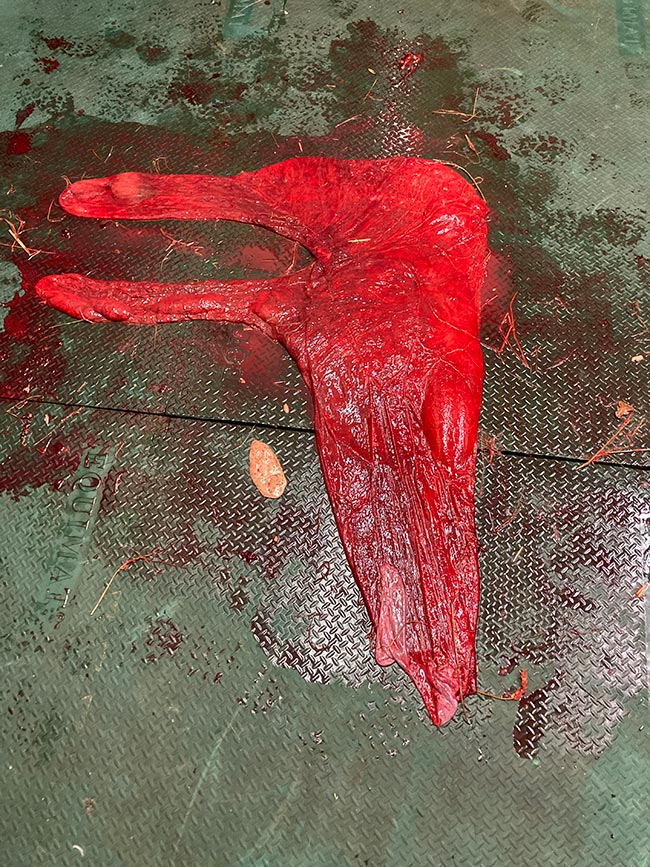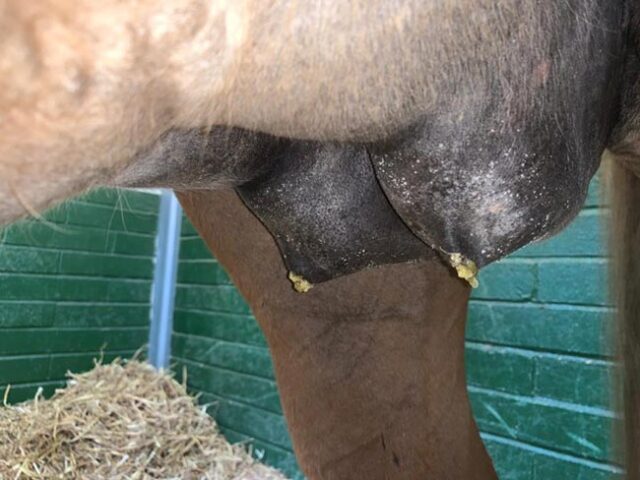By Dr. Kaatje Ducheyne DVM, PhD, DipECAR, MVetMed, CertIAVC / Equine Care Group
Photography: Courtesy Equine Care Group
Breeding your own foal is very exciting, and luckily, in horses, labour and delivery are generally uncomplicated. Dystocia, or difficulty giving birth, occurs in fewer than 10% of foalings. However, when it does go wrong, you need to act quickly and therefore every effort should be made to be present during foaling.
As horses are flight animals, most mares foal during the early morning hours in privacy. This, together with the fact that horses don’t have an exact due date can usually cause quite some sleep deprivation. Indeed, the average gestational length in mares is 340 days but anything between 320 and 380 days is considered normal. Therefore, installing a video monitor or/and using a birth alarm system can be lifesaving.
Mares can foal outside in a grassy paddock or in a large stable. When you foal a mare inside, make sure the stable is disinfected. Straw is preferred over shavings since shavings tend to stick to the new-born foal and to the mare during parturition. It is however important that the mare is still turned out to allow enough movement to prevent excessive oedema and colic. If the mare has had a caslick vulvoplasty (ie. vulva lips are stitched to correct poor perineal conformation), then it is important have this reversed around two weeks prior her estimated due date to avoid excessive damage of the birth canal during parturition.

Below: Uterine horns

If you are planning to foal your mare at a different location it is advisable to move her three to four weeks before her due date so she has time to settle in her new surroundings. This will also allow her to be exposed to pathogens in the environment and produce antibodies against them. Those antibodies will then be found in the colostrum and provide protection to the new-born foal.
Prediction of foaling
As mentioned earlier, mares don’t have an exact due date but they do provide clues on when they will give birth. They can be used as guidelines but are far from absolute. Some mares show all the signs where others will surprise you. The first thing to observe is the mare’s udder. This begins filling with milk two to 2-4 weeks prior foaling. The teats will become engorged about 6 days before foaling, and 2-4 days prior to foaling waxing (yellow, honey-like secretion) of the teats occurs (see picture)... To read the complete article you need to be a subscriber
CLICK HERE TO SUBSCRIBE TO BREEDING NEWS
SUBSCRIBERS CAN READ THE COMPLETE ARTICLE BY LOGGING IN AND RETURNING TO THIS PAGE




